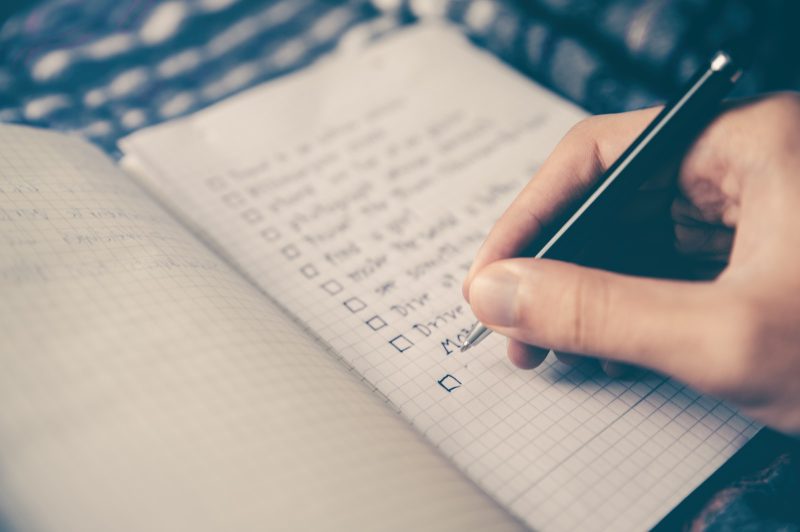Let’s say you are a landlord looking to rent out a newly purchased home. It can be overwhelming to figure out what to do. What tasks should be on your winter preparation checklist? Is it better to begin work in fall than wait for winter? Is it possible to delegate tasks such as snow removal to your tenant? Or do you need to assume all responsibility?
We have created a winter maintenance checklist that will help you prepare for the cold weather. Find out how to get started.
Winter checklist for rental properties
There are many tasks involved in winterizing your rental. These tasks will vary depending on the property type.
You should do some work in fall to prepare for the colder temperatures. Winter tasks such as attic insulation can be tackled. While some maintenance tasks are only temporary, others require your attention all year.
Fall tasks
- Turn off exterior faucets. Drain any excess water from pipes. This will prevent water from freezing and causing your pipes to burst, or flooding your home. The landlord performs this task.
- Check the roof for any damaged shingles. Make sure to inspect the roof for missing or damaged shingles, and replace them if necessary. A Snow melting water damage can be prevented by a roof that is intact. This is the landlord’s responsibility.
- Clean gutters and eavestroughs. Clear gutters and eavestroughs. This will allow water to flow freely and not collect on the ground. This will prevent ice buildup on the roof and moisture from damaging the foundation. The landlord takes care of this task.
- Disconnect your garden hose. All garden hoses should be disconnected, drained of excess water and stored in a dry area. This prevents water from freezing inside garden hoses. The landlord usually handles this task.
- Empty flower pots. Take out soil and water from your flower pots. Store them in a dry, cool place such as a shed. Pots can crack under freezing temperatures and become fragile if water is left behind. Both the tenant and landlord can do this.
- Turn off the power supply to your air conditioner unit. The ability to disconnect the power supply to the air conditioner unit during warmer months prevents water accumulation. If water freezes, the internal parts of the unit can be damaged. This is done by the landlord.
- Clean the chimney. If necessary, inspect the chimney and remove any obstructions. Creosote is a mixture between sooty tar and sooty smoke that can build up inside the chimney. This can cause smoke to return to your home and possibly even ignite a fire. The landlord will take care of this task.
- You can seal or stain wooden porches or decks. Make sure to inspect the porch and wooden deck for any stains or damage. Combining sealing with staining can reduce color fade and prevent water damage. The landlord performs this task.
- Seal all cracks and crevices around doors and windows. Weather stripping or caulking can be applied to large cracks and gaps around doors and windows. This will seal out cold air and lower energy bills. The landlord performs this task.
- Cover up shrubs and bushes Burlap, canvas, or bed sheets can be used to cover shrubs and bushes. This protects the plant against freezing moisture. The landlord does this, but tenants may be able to assist.
Winter tasks
- Replace furnace filter. Every month, inspect the furnace filter and replace it if necessary. This will ensure the furnace runs smoothly and keep your house clean. The landlord will perform this task.
- Check your carbon monoxide and smoke alarms. Make sure that smoke alarms and carbon monoxide alarms work properly. Replace batteries if necessary. Alarms that do not work correctly can pose serious safety concerns as they may not alert residents about an imminent fire or carbon Monoxide leaking. Both the landlord and tenant can perform this task.
- Service the HVAC system. To ensure that your HVAC unit is running efficiently, you should perform regular maintenance. This could lead to higher energy bills, costly repairs, and uneven air distribution throughout your house. The landlord will perform this task.
- Clean the attic vent Clean out the attic vents. This allows moisture to escape without becoming trapped. This creates an environment that is conducive to mildew or mould growth. This is the landlord’s responsibility.
- Salt or sand walkways, stairways and driveways. Spreading salt or sand on driveways and walkways can reduce the risk of serious injuries from falls. If the property is an apartment or condo, the tenant is typically responsible.
- Clear the driveways and walkways of snow. Snow removal from driveways and walkways can help prevent falls injuries. This will prevent you from getting hurt from falling, and it will also reduce the possibility of snow melting into the foundation of your home. Unless the property is an apartment, condo, or other complex, it is typically the tenant who is responsible for this task. In that case, the property manager would be responsible.
- Upgrading attic insulation. If necessary, assess the insulation in the attic and add more. Insufficient insulation could result in heat escaping the attic and causing thick ice dams. This can result in higher energy bills as well as mould growth. This is done by the landlord.
- Set thermostat to winter temperatures. If your thermostat is programmeable, set it to winter temperatures. You will save money on heating costs by making sure your home is not too hot or cold. This is typically handled by the tenant.
- The thermostat of the hot water tank should be checked. Check the thermostat in your tank to make sure it is set at the right temperature. If the water level drops too low, hot water will not be accessible to all household members. Either the tenant or landlord can do this.
Final Thoughts
It is important to prepare your rental property for winter so that it can withstand the cold and snowfalls.
Your landlord is responsible for winterizing your home. Some tasks may require the hiring of experts. You are responsible for the final outcome of your job, regardless of how hard you try to accomplish it.
Simple tasks, such as changing the batteries in your smoke alarm or shoveling snow can be delegated to your tenant. To ensure that your tenant is comfortable taking on responsibility, and can perform the task safely and efficiently, you should discuss it with them. Tenants shouldn’t be required to do complex or complicated maintenance tasks. Tenants could be subject to severe legal consequences if you do this.
Check your local legislation regarding the maintenance of rental properties to confirm that you and your tenant are responsible. It is best to assume you are responsible for all problems.









